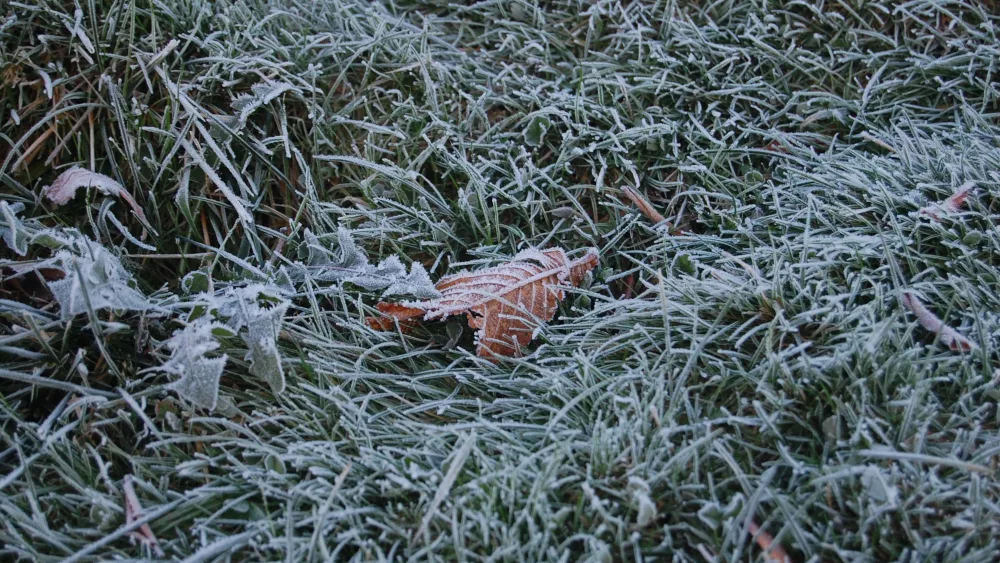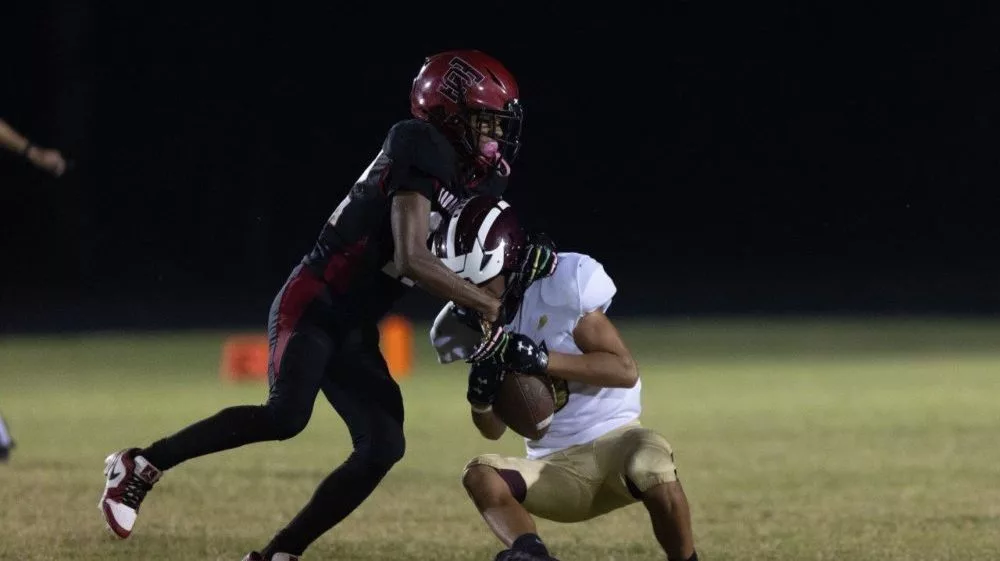We are very warm for October, but things are about to change. We will have a significant return to more typical fall weather with highs in the 60’s and low 70’s. But there are rumblings of other things going on that will eventually affect our late fall and even the winter outlook.
This shot of coming cooler weather is just the start of a much larger pattern. Temperatures will warm again a bit but not like what we have seen the last few days. A steady warming trend over the next week or so will be followed by a storm system likely to affect us with rain during the 26-29th. This could also impact Halloween weekend.
This is something I have talked about for a few we eks now. The main question is how cold will it get and how long will it stay? I can say that the snow pack in the northern regions are starting to build up and that is important on how our winter will evolve. We are now discovering that there is a statistically significant link between Siberian snow cover, the strength of the winter polar vortex and winter temperatures across much of North America and northern Europe and Asia.
eks now. The main question is how cold will it get and how long will it stay? I can say that the snow pack in the northern regions are starting to build up and that is important on how our winter will evolve. We are now discovering that there is a statistically significant link between Siberian snow cover, the strength of the winter polar vortex and winter temperatures across much of North America and northern Europe and Asia.
Many of you have heard of the Polar Vortex in winters past. The polar vortex actually is a seasonal atmospheric phenomenon, a system of strong, high-level winds — called the jet stream — surrounding an extremely cold pocket of Arctic air. Its winds usually form a boundary that keeps the cold air contained and prevents us from freezing. The problem, though, is that once in a while, the polar vortex breaks down a little.  The result is a big, powerful blast of Arctic air that can travel far south, causing the temperature to plunge in places accustomed to having mild winters. This vortex contains some of the coldest air in the northern hemisphere.
The result is a big, powerful blast of Arctic air that can travel far south, causing the temperature to plunge in places accustomed to having mild winters. This vortex contains some of the coldest air in the northern hemisphere.
Often, when the polar vortex is strong, temperatures are mild in the mid-latitudes across the Eastern US and Northern Eurasia because the winds around it are strong and confine the cold air within the vortex. When the vortex is weak, the winds are not as strong and some of the cold air is able to break out of the vortex and plunge southward. Temperatures tend to be very cold across the Eastern US and northern Europe and Asia. Looking farther ahead to the end of fall and the beginning of winter, we expect that there will be a significant change in the pattern which would result in a winter that is rather different from the mild winter that we saw last year across much of the country.

One of the keys to our coming weather will be determining when the pattern change from the relatively warm fall to the colder winter pattern will occur. If the pattern change occurs in December, a much larger region of the central and eastern U.S. will see below normal temperatures for the winter as a whole. It currently looks to me like mid-December will be the most likely time of this winter like pattern change. From there on, the cold becomes more intense with frequent visits from the polar vortex…and yes…snowfall. It will likely be a winter to remember. Feel free to leave comments and be sure to hit the “Like” button at the bottom of this post.






